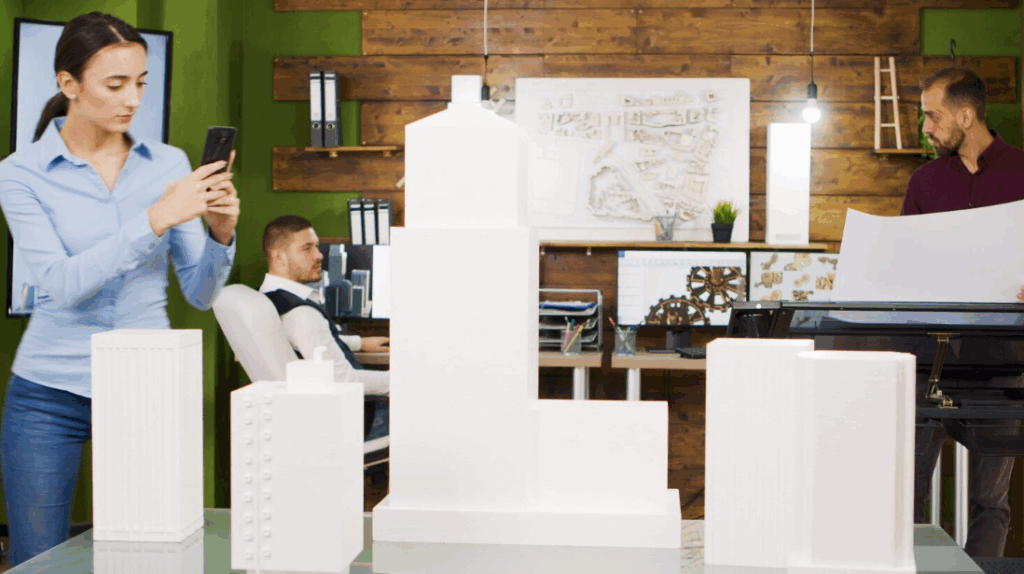Museums safeguard some of humanity’s most precious cultural treasures, yet many artifacts remain hidden in storage due to limited space or fragile conditions. Museum collection digitalization has emerged as a transformative strategy, ensuring that priceless objects are preserved digitally while also being accessible to global audiences.
The process begins with high-resolution 3D scanning for restoration, which allows conservators to capture every detail of an artifact. Once digitized, these objects can be cataloged, studied, and shared without requiring physical handling. This reduces the risk of deterioration and extends the lifespan of fragile collections.
Digitization also creates opportunities for digital preservation for museum exhibits, ensuring that artifacts are not lost to time, disasters, or accidents. A fire or flood may destroy a physical object, but a high-quality digital model ensures its cultural essence is never lost. Institutions worldwide are now prioritizing this strategy as a long-term safeguard.
For education, the benefits are immense. Schools and universities can integrate 3D printable models of cultural artifacts FreeCAD into their curricula, giving students a tactile way to explore history. From ancient pottery to intricate sculptures, replicas can be shared across classrooms and continents, spreading cultural knowledge without risking damage to the originals.
Another application is custom museum exhibits 3D modeling, where virtual or physical displays are built from digital files. Virtual exhibitions can reach global audiences who cannot visit the museum in person, while 3D printed replicas allow visitors to interact with cultural objects in new ways. This bridges the gap between preservation and engagement.
Furthermore, museum collection digitalization supports collaboration among institutions. A single artifact can be studied simultaneously by researchers across the globe, who can analyze historical building 3D models or small artifacts with unprecedented accuracy. The digital archive becomes a shared cultural resource, extending beyond borders.
In summary, digitization is not only a tool for preservation — it is a bridge to accessibility, education, and collaboration. By embracing digital preservation for museum exhibits, museums are ensuring that the treasures of the past remain part of our present and future, no matter the challenges of time.

